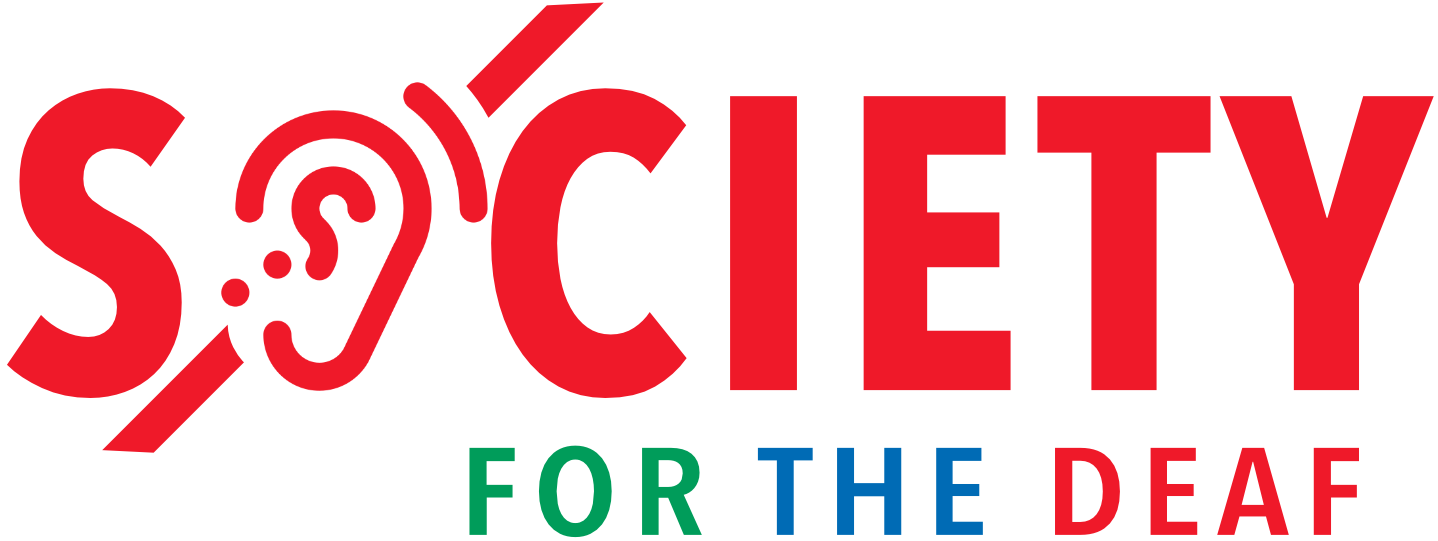The most common hearing-related issues encompass a range of conditions that can significantly impact an individual’s ability to hear and communicate. Here’s an overview of these prevalent issues:
1. Age-Related Hearing Loss (Presbycusis)
- Description: Presbycusis is the gradual loss of hearing that occurs as people age. It affects about one-third of individuals over 65 years old and nearly everyone by age 90.
- Symptoms: Difficulty hearing high-frequency sounds and understanding speech, especially in noisy environments.
2. Noise-Induced Hearing Loss (NIHL)
- Description: This type of hearing loss results from prolonged exposure to loud noises, which can damage the hair cells in the inner ear.
- At-Risk Populations: Common among individuals working in loud environments, such as construction sites or factories.
3. Tinnitus
- Description: Tinnitus is characterized by the perception of sound (ringing, buzzing, or hissing) without an external source. It often accompanies other types of hearing loss.
- Prevalence: It is particularly common in older adults and those with existing hearing loss, affecting about 20% of the general population and up to 80% of those with hearing impairment.
4. Conductive Hearing Loss
- Description: This occurs when sound waves are obstructed from reaching the inner ear due to issues in the outer or middle ear.
- Common Causes:
- Earwax buildup
- Ear infections (otitis media)
- Fluid accumulation
- Abnormal bone growth (otosclerosis)
5. Sensorineural Hearing Loss
- Description: This type involves damage to the inner ear or auditory nerve pathways and is often permanent.
- Causes:
- Aging
- Exposure to loud noise
- Viral infections (e.g., measles, mumps)
- Ototoxic medications
6. Mixed Hearing Loss
- Description: A combination of conductive and sensorineural hearing loss, indicating issues in both the outer/middle ear and the inner ear/auditory pathways.
7. Auditory Processing Disorders
- Description: These disorders affect how the brain processes auditory information, making it difficult to understand speech or localize sounds.
- Causes: Often linked to neurological conditions or developmental issues.
8. Central Hearing Loss
- Description: This type results from dysfunction in the central auditory pathways in the brain rather than damage to the ear itself.
- Causes: Can be due to neurological conditions, tumors, or stroke.
Hearing-related issues are widespread and can affect individuals across various age groups. Early detection and intervention are crucial for managing these conditions effectively. If you or someone you know is experiencing symptoms such as difficulty understanding speech or persistent ringing in the ears, consulting a healthcare professional for evaluation and treatment options is essential.
